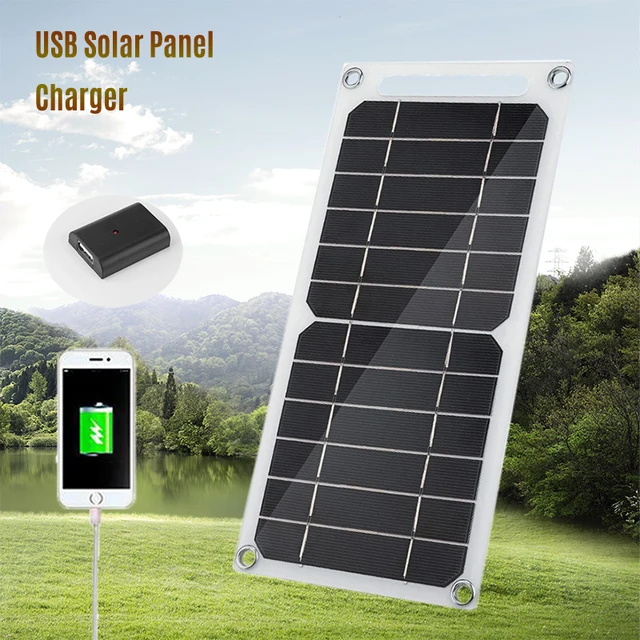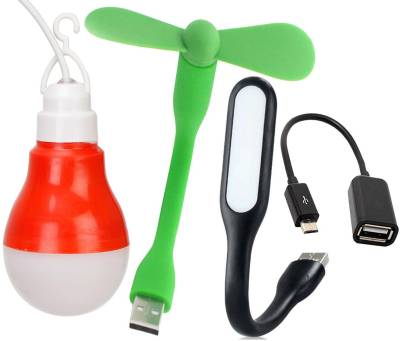NiCd and NiMH Rechargeable Batteries
Comprehensive Guide:
In the world of rechargeable batteries, Nickel-Cadmium (NiCd) and Nickel-Metal Hydride (NiMH) have established themselves as reliable sources of power for various applications. Understanding the fundamental differences between these two types of batteries is crucial for choosing the right battery technology for your needs. This extensive guide dives deep into each battery type’s characteristics, benefits, drawbacks, and discusses why Himax Electronics is a leader in providing top-tier battery solutions.
Nickel-Cadmium (NiCd) Batteries
Chemistry and Design:
NiCd batteries were introduced in the early 1900s, utilizing nickel oxide hydroxide and metallic cadmium as electrodes. These batteries are known for their excellent discharge rates and ability to perform under a wide range of temperatures and conditions.
Advantages:
- Durability: NiCd batteries are tough and can withstand rough handling, vibrations, and high temperatures, making them suitable for power tools and other demanding applications.
- Performance Consistency: They provide a stable voltage level and excellent performance throughout the discharge cycle, essential for applications requiring a steady power supply.
- Cost-effectiveness: Generally less expensive to produce than other types of rechargeable batteries, offering a lower upfront cost.
Disadvantages:
- Environmental Concerns: Cadmium is highly toxic, posing significant disposal and environmental health issues.
- Memory Effect: NiCd batteries are prone to memory effect, where they may lose their maximum energy capacity if they are repeatedly recharged after being only partially discharged.
Nickel-Metal Hydride (NiMH) Batteries
Chemistry and Design:
Developed as a less toxic alternative to NiCd batteries, NiMH batteries use a hydrogen-absorbing alloy for the anode and nickel oxyhydroxide for the cathode. They were introduced in the 1980s and have become particularly popular for consumer electronics.
Advantages:
- Higher Capacity: NiMH batteries can store more energy than NiCd batteries, making them ideal for high-drain devices such as digital cameras and handheld gaming consoles.
- Environmental Safety: Lacking toxic metals like cadmium, NiMH batteries are more environmentally friendly and easier to dispose of safely.
- Reduced Memory Effect: While still present, the memory effect in NiMH batteries is less pronounced than in NiCd batteries.
Disadvantages:
- Self-Discharge: NiMH batteries typically have a higher self-discharge rate than NiCd batteries, which can be problematic when the batteries are not used regularly.
- Sensitivity to Temperature: They can perform poorly in extreme cold, which may limit their use in certain outdoor applications.
Applications
NiCd Batteries:
- Ideal for emergency lighting, medical equipment, and power tools where durability and reliability are critical.
NiMH Batteries:
- Commonly used in portable personal electronics, hybrid cars, and wherever higher energy density and reduced weight are beneficial.
Choosing Between NiCd and NiMH
The choice between NiCd and NiMH batteries should be based on the specific needs of the application:
- Cost vs. Environmental Impact: If budget is the primary concern and the batteries are maintained properly to mitigate the memory effect, NiCd might be the choice. However, for those prioritizing environmental sustainability and higher performance, NiMH is superior.
- Application Requirements: Consider whether the application requires robust performance in harsh conditions (favoring NiCd) or higher energy capacity and safety (favoring NiMH).
Himax Electronics: Your Partner in Advanced Battery Solutions
Why Choose Himax:
- Innovative Technology: Himax Electronics stays at the forefront of battery technology, offering products that meet the latest standards for performance and environmental safety.
- Quality Assurance: We ensure that all our batteries, whether NiCd or NiMH, are tested rigorously to provide reliable and safe solutions.
- Custom Solutions: Understanding that each application has unique requirements, Himax provides customized battery solutions tailored to meet those specific needs.
- Support and Sustainability: We are committed to sustainable practices and offer comprehensive support to help our customers achieve their operational and environmental objectives.
Conclusion
Both NiCd and NiMH batteries have their place in the modern world. Choosing the right type involves considering various factors including environmental impact, performance requirements, and cost. For those seeking reliable, high-performance battery solutions, Himax Electronics offers the expertise and technology to ensure you find the perfect fit for your needs.
































